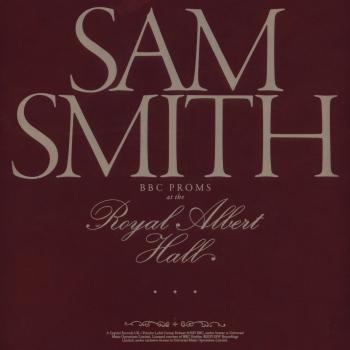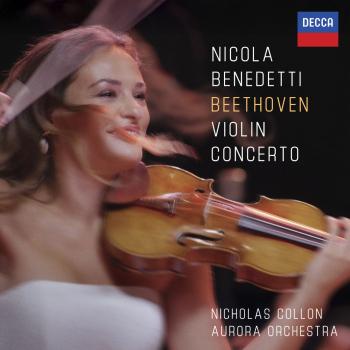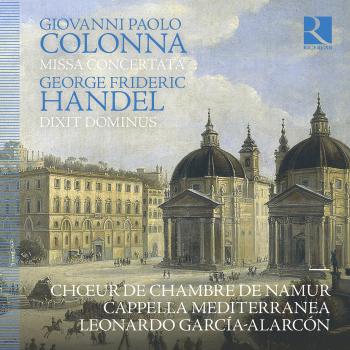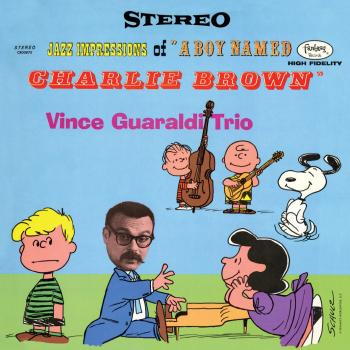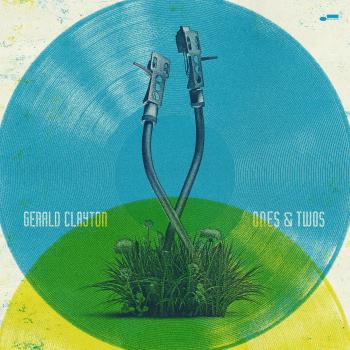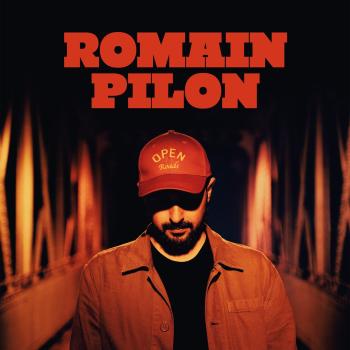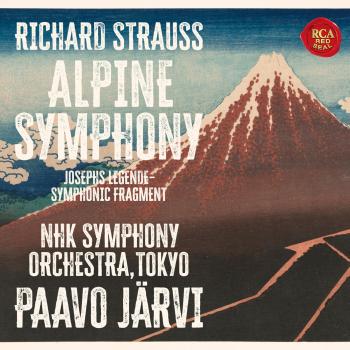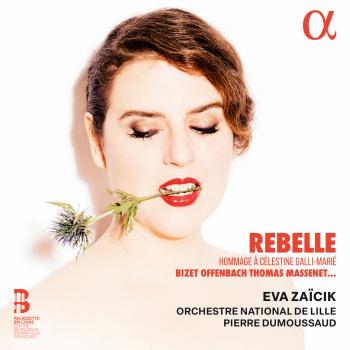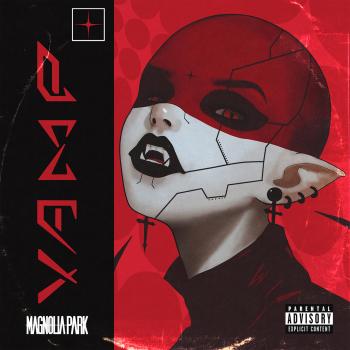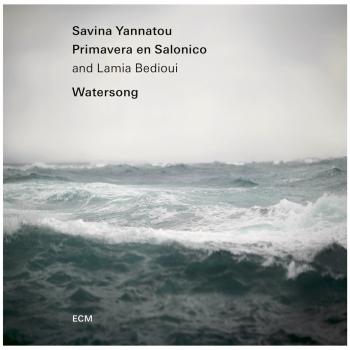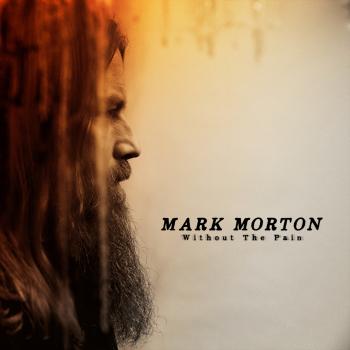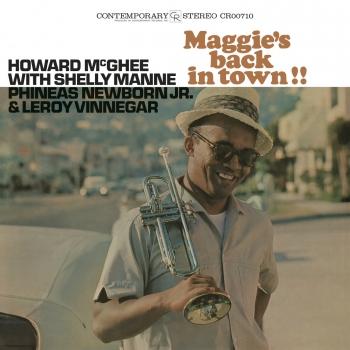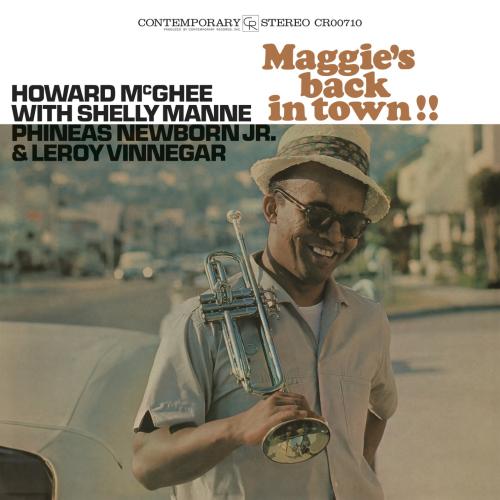
Maggie's Back In Town!! (Remastered 2024) Howard McGhee, Shelly Manne, Phineas Newborn Jr., Leroy Vinnegar
Album info
Album-Release:
1961
HRA-Release:
09.08.2024
Label: Craft Recordings
Genre: Jazz
Subgenre: Bebop
Artist: Howard McGhee, Shelly Manne, Phineas Newborn Jr., Leroy Vinnegar
Album including Album cover
I`m sorry!
Dear HIGHRESAUDIO Visitor,
due to territorial constraints and also different releases dates in each country you currently can`t purchase this album. We are updating our release dates twice a week. So, please feel free to check from time-to-time, if the album is available for your country.
We suggest, that you bookmark the album and use our Short List function.
Thank you for your understanding and patience.
Yours sincerely, HIGHRESAUDIO
- 1 Demon Chase (Remastered 2024) 07:52
- 2 Willow Weep For Me (Remastered 2024) 04:21
- 3 Softly, As In A Morning Sunrise (Remastered 2024) 03:17
- 4 Sunset Eyes (Remastered 2024) 05:11
- 5 Maggie's Back In Town (Remastered 2024) 10:38
- 6 Summertime (Remastered 2024) 03:14
- 7 Brownie Speaks (Remastered 2024) 08:04
Info for Maggie's Back In Town!! (Remastered 2024)
Just in time for summer comes this reissue featuring the criminally unsung Howard McGhee, the dexterous bebop trumpeter who's frequently compared to greats such as Dizzy Gillespie and Fats Navarro. Maggie's Back in Town!! (Maggie was McGhee's nickname), captures the musician's triumphant return to music in 1961.
"Trumpeter Howard McGhee, after spending much of the 1950s only partly active in music (due to drug problems), made a full-fledged comeback in the early '60s only to find his bop-oriented music out of fashion. This Contemporary set (reissued on album in the OJC series) was McGhee's finest recording of the period, a quartet outing with brilliant pianist Phineas Newborn, bassist Leroy Vinnegar, and drummer Shelly Manne. Although tenor saxophonist Teddy Edwards is not on the date, two of his compositions (his famous "Sunset Eyes" and a tribute to the trumpeter, "Maggie's Back in Town") are fully explored by the quartet. Other titles include three standards plus McGhee's original blues "Demon Chase." This album is a perfect starting point for listeners not familiar with the underrated (and often overlooked) Howard McGhee." (Scott Yanow, AMG)
Howard McGhee, trumpet
Phineas Newborn Jr., piano
Leroy Vinnegar, double bass
Shelly Manne, drums
Recorded June 26, 1961 at Contemporary Records Studio, Los Angeles, California
Produced by Lester Koenig
Digitally remastered
Howard McGhee
was raised in Detroit, Michigan. During his career, he played in bands led by Lionel Hampton, Andy Kirk, Count Basie and Charlie Barnet. He was in a club listening to the radio when he first heard Parker and was one of the early adopters of the new style, a fact that was disapproved by older musicians like Kid Ory.
Thelonious Monk and Howard McGhee, Minton's Playhouse, ca. September 1947
In 1946-47, some record sessions for the new label Dial were organized at Hollywood with Charlie Parker and the Howard McGhee combo. The first was held on July 29, 1946. The musicians were Charlie Parker (as), Howard McGhee (tp), Jimmy Bunn (p), Bob Kesterson (b), Roy Porter (d), and William "Bill" Jones (v). The titles played were "Max is Making Wax", "Lover Man", "The Gypsy" and "Be-bop".
However, Charlie Parker was sick and fainted at the end of "Be-bop". Some hours after this session, Parker was admitted to Camarillo, a psychiatric clinic at the north of LA, where he spent six months. After this, Charlie Parker returned to music making and a new recording session was organized on February 26, 1947, also for the Dial label. Howard McGhee continued to work as a sideman for Charlie Parker. He played on titles like "Relaxin at Camarillo", "Cheers", "Carvin the Bird" and "Stupendous". The last three of these tracks were composed by Howard McGhee. McGhee played live with Parker in a club at LA in March of the same year. His stay in California was cut short because of racial prejudice, particularly vicious towards McGhee as half of a mixed race couple.
Drug problems sidelined McGhee for much of the 1950s, but he resurfaced in the 1960s, appearing in many George Wein productions. His career sputtered again in the mid-'60s and he did not record again until 1976. He led one of three big jazz bands trying to succeed in New York in the late 60's, perhaps one more than New York could accommodate at the time. While the band did not survive, a recording was released in the mid '70's.
He taught music through the 1970s, both in classrooms and at his apartment in midtown Manhattan and instructed musicians like Charlie Rouse in music theory. He was as much an accomplished composer/arranger as he was a performer. (Source: wikipedia.org)
This album contains no booklet.

